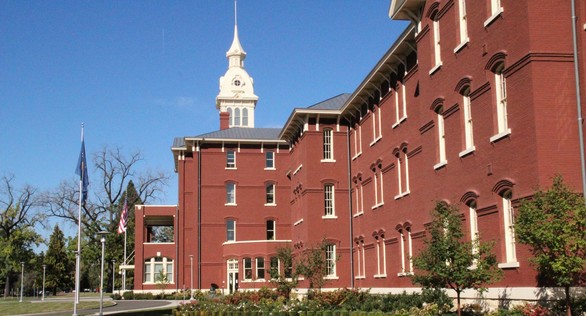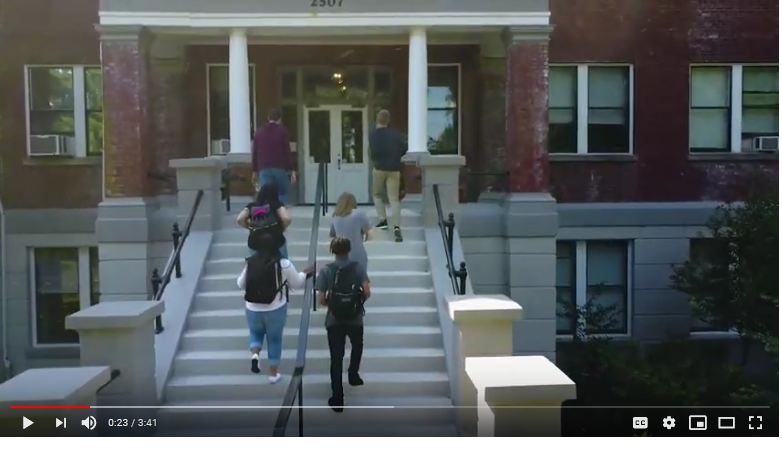Building an accessible and seamless continuum of care
Oregon Health Authority and Oregon Department of Human Services sent this bulletin at 06/13/2019 10:03 AM PDT
  OHA, state hospital take action to relieve capacity crisisThe Oregon Health Authority is taking action to alleviate Oregon State Hospital’s capacity crisis, to reduce admission wait times experienced by mentally ill defendants who are unable to aid and assist in their defense. Since 2012 patients admitted to Oregon State Hospital under an "aid and assist" order by courts have more than doubled. More than 260 patients at Oregon State Hospital were admitted under "aid and assist" orders. Patients under "aid and assist" orders now account for more than four in 10 state hospital patients. Approximately 40 people are waiting for admission because the hospital is at the maximum capacity at which it can be safely managed for patients and staff. As a result of this capacity crisis, many of "aid and assist" defendants are not being admitted to the hospital within a required seven-day period. On June 4 a Washington County court held the state in contempt for not meeting the seven-day requirement for four "aid and assist" admissions. OHA Director Pat Allen on June 7 directed OHA and OSH leadership to increase community mental health supports, facilitate timely discharges of patients who no longer need hospital-level care and prioritize patients under aid-and-assist orders for hospital admission. Yesterday federal district court judge Michael Mosman made “no current finding of contempt” and instructed the parties to return in 90 days for a hearing to update the court on efforts to speed admissions of aid and assist patients to the state hospital. In a statement, OHA said: “The Oregon Health Authority welcomes the court’s ruling. We will continue to work urgently with courts, counties and the Legislature to solve the capacity crisis at the Oregon State Hospital and ensure every Oregonian with mental illness who needs care can have timely access to treatment in their own community or, when necessary, at the state hospital. We look forward to reporting back to the court on our progress.” For more information, read OHA’s June 7 press release.  Introducing Oregon’s first recovery high schoolOHA is excited to support the state’s first recovery high school, Harmony Academy, in Lake Oswego. Recovery high schools support adolescents recovering from substance use disorders by providing an alternative environment to support their recovery in community with other youths walking the same journey, as well as adults and mentors with lived experience. Harmony Academy is a Lake Oswego School District public charter school located on the previous Marylhurst University campus. It will open to Washington, Clackamas and Multnomah county students Aug. 26.   Legislative update: Aid-and-assist bills advanceThe Oregon Health Authority has been working with state legislators in the 2019 session to address the rising aid-and-assist population at Oregon State Hospital, protect OSH patients from abuse and further drive the integration of physical and behavioral health services. Senate bills 24 and 25 seek to amend the laws related to forensic evaluation and restoration of criminal defendants found unfit to aid and assist in their criminal proceedings. Courts are committing record numbers of defendants to the hospital due to aid and assist concerns. OSH is over capacity, and defendants are waiting in jail for a bed at OSH to become available. SB 24 would help reduce the census at OSH and encourage the treatment of defendants in the community when appropriate, including providing restoration in the community for defendants charged with misdemeanors and municipal violations. SB 24 also makes changes related to forensic evaluations, sharing of forensic reports, and receiving credit for time served in jail. SB 24 is scheduled for a Senate vote June 30. SB 25 proposes several fixes that will enable OSH Forensic Evaluation Services to be more efficient and better able to serve stakeholders and patients, including a standardized procedure to send orders to OSH, access to records, and electronic filing of evaluation reports. SB 25 is awaiting Governor Kate Brown’s signature. Other OHA bills of note include: Senate bill 26 would prohibit the reinstatement of an employee where there has been a substantiated claim of physical or sexual abuse of a patient. SB 26 awaits final approval from Governor Brown. Senate bill 22 would establish a framework for the Behavioral Health Home program. SB 22 was approved in the Senate Health and Human Services Committee and referred to the joint budget committee.  3-minute survey: We want your feedbackYou are receiving this newsletter because you have shown interested in updates from OHA’s behavioral health programs in the past. Recovery Report is a monthly email communication to help the state’s behavioral health stakeholders stay up-to-date on news from OHA. If you do not wish to receive the Recovery Report in the future, please click the email graphic at the bottom of this email. If you’re interested in continuing the receive this newsletter, you don’t need to do anything to stay subscribed. You’re welcome to forward this email to others who may be interested in subscribing. Finally, we’d like your feedback on how to make this newsletter valuable for you through this online survey that should take no more than three minutes of your time. Please respond at https://www.surveymonkey.com/r/RecoveryReportSurvey. Thank you!
| |



